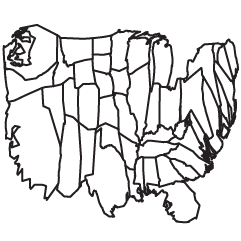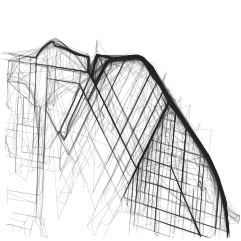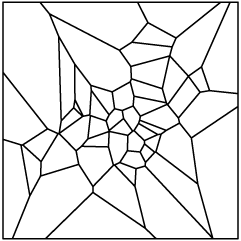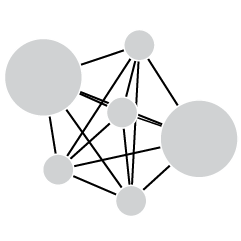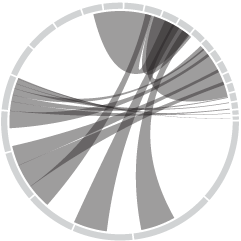By keeping gas pipelines within the state, companies can avoid federal regulations. This is perhaps good for profits, but it is less of a positive for consumers when the energy companies can increase rates more freely. For Bloomberg, Rachel Adams-Heard, Naureen Malik, and Jeremy C.F. Lin have the maps and charts to show what this means in Texas, which has the most intrastate pipeline in the country.
-
Income tends to increase with age, because more work experience and education tends to lead to higher paying jobs. However, young people can also earn higher incomes. Using data from the most recent 2022 American Community Survey, let’s see what those people studied and what they do for a living.
-
Members Only
-
The New York Times put together an image of what life is like in Gaza right now: bombing, death, food and water shortage, and limited medical supplies. A 3-D basemap of the Gaza Strip sets the foundation of the story and layers of individual stories and overall destruction display on top.
-
Getting started with data visualization can be tricky because of all the resources and tools available these days. Approaches also change with what you want to visualize data for. For Datawrapper, Lisa Chartlotte Muth outlines how to take your first steps.
The main theme is to make more charts.
See also: getting started with visualization after getting started with visualization.
-
The Art of Insight, by Alberto Cairo, highlights how designers approach visualization with a wide view.
In the narrowest view of data visualization, you use charts to pull quick, quantitative information from dashboards and reports. Take a few steps back and you get exploratory data analysis and then storytelling. Keep going and you get a fluid-like approach to visualization that gives more attention to beauty, emotion, and qualitative insights that are difficult to measure. The Art of Insight, the final book in Cairo’s three-book series, focuses on the more fluid approach.
As a slow reader, I read this surprisingly quick. I enjoyed reading and thinking about the less mechanical side of visualizing data.
-
A lot of Christmas lights went up this past week. I hope you weren’t one of the thousands who ended up in the emergency room. USAFacts shows the ramp up after Thanksgiving and the mini-spikes after. [Thanks, Amber]
-
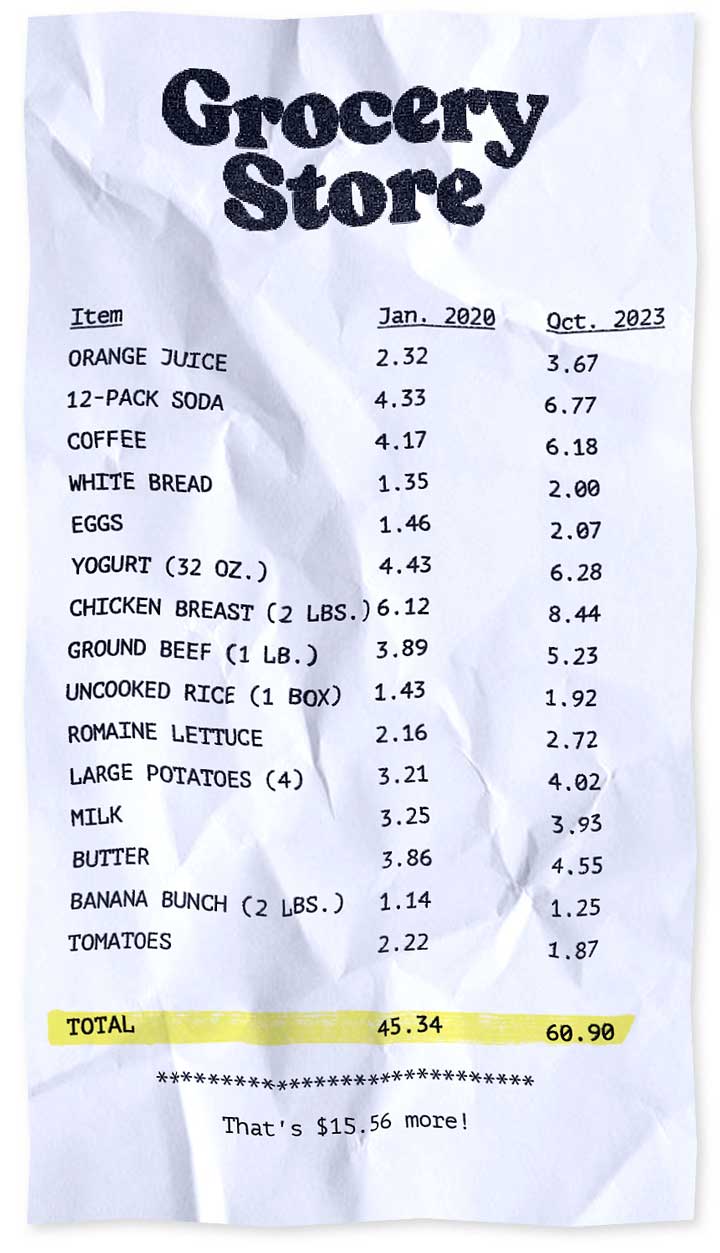 Usually inflation is more of a slow thing that you don’t notice so much until you think back to the time when a burger was only a dollar. Prices increased much faster over the past few years though. For Bloomberg, Reade Pickert and Jennah Haque zoom in on the everyday items that are noticeably more expensive. Basically everything.
Usually inflation is more of a slow thing that you don’t notice so much until you think back to the time when a burger was only a dollar. Prices increased much faster over the past few years though. For Bloomberg, Reade Pickert and Jennah Haque zoom in on the everyday items that are noticeably more expensive. Basically everything.I just wrapped up travel in a high cost of living area. The sticker shock on a simple grocery bill was brutal.
-
Members Only
-
For the Wall Street Journal, Joe Pinsker reports on income and happiness, or more specifically, on the raises people said they needed to be happy. The more people have the more they need.
-
Twitter has a Community Notes feature that attempts to flag posts that contain misinformation. This might work well in theory, and the notes are often informative, but it works slowly and is often not enough to stop the spread of misinformation in a viral tweet. Bloomberg shows the spread through the lens of a single tweet.
-
For Associated Press, Christina Larson and Nicky Forster examined the growing population and the land required to feed all the people. A map shows spreading farmland over the centuries and at some point there won’t be enough land to grow food if we continue what we’ve been doing.
-
Using GPS data processed by Replica, Lydia DePillis, Emma Goldberg, and Ella Koeze, for The New York Times, show how commutes have changed post-pandemic. The roads in major cities are a little bit less congested and the traffic moves a bit faster.
The line chart above shows average speeds in 2022 relative to 2019. So you can see in most places people driving faster and more so during rush hour.
-
For The New Yorker, Angie Wang draws parallels between toddler learning behavior and training large language models, but more importantly, where they diverge.
They are the least useful, the least creative, and the least likely to pass a bar exam. They fall far below the median human standard
that machines are meant to achieve.They are so much less than a machine, and yet it’s clear to any of us that they’re so much more than a machine.
-
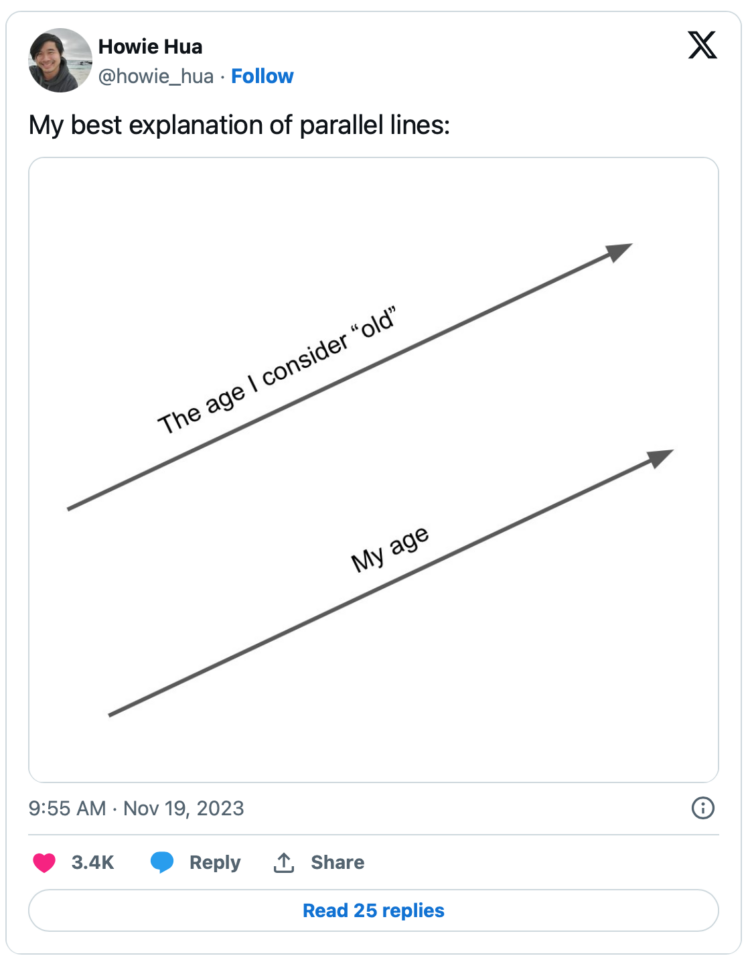
This doesn’t have labeled axes, so I assume it only shows a zoomed in portion of the earlier years. The slope of the top line starts to level out at older ages, because my lines are about to cross.
See also: Closeness lines over time.
-
Tipping seems to be in a confusing spot right now. On the one hand, customers want to support workers, but on the other, tip suggestions seem to be rising towards uncomfortable rates and in places where people don’t usually tip. Pew Research surveyed 12,000 U.S. adults to see how we’re all feeling about the current state of tipping.
-
About 15% of working Americans make at least $100,000 of income per year as of the 2021 American Community Survey. As you’d expect, many who fall in that 15% spent more years in school and spend more hours at work.
But you can also earn a six-figure income without working all the time. What about those people? What do they do?
-
Emma Pierson and Kowe Kadoma, for Fred Hutchinson Cancer Center, have a short and free course on Coursera on practical steps for building fair algorithms:
Algorithms increasingly help make high-stakes decisions in healthcare, criminal justice, hiring, and other important areas. This makes it essential that these algorithms be fair, but recent years have shown the many ways algorithms can have biases by age, gender, nationality, race, and other attributes. This course will teach you ten practical principles for designing fair algorithms. It will emphasize real-world relevance via concrete takeaways from case studies of modern algorithms, including those in criminal justice, healthcare, and large language models like ChatGPT. You will come away with an understanding of the basic rules to follow when trying to design fair algorithms, and assess algorithms for fairness.
It’s geared for beginners and no coding is required.
-
Members Only
-
In some rural areas, upload speeds are crawlingly slow, which can make it difficult to send things on the internet. In some cases, a carrier pigeon might even be faster. For The Washington Post, Janice Kai Chen did the math so you know which one to use:
Racing pigeons clock an average of 40 miles per hour and typically race up to 400 miles, roughly from D.C. to Boston, according to the American Racing Pigeon Union. With the boost of a tailwind, pigeons have been recorded going as fast as 110 mph and as far as 1,000 miles.
At certain data volumes and distances, the pigeon is a quicker option for large swaths of rural America, where internet speeds can lag far behind the national average.

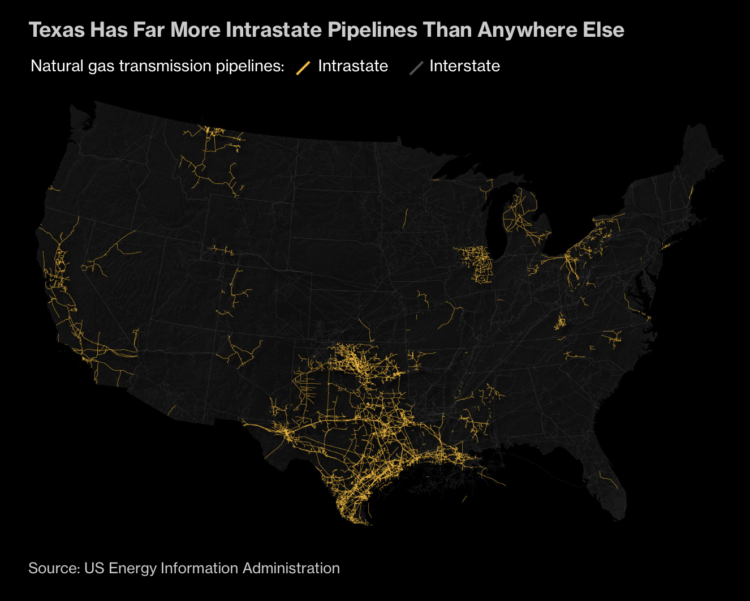

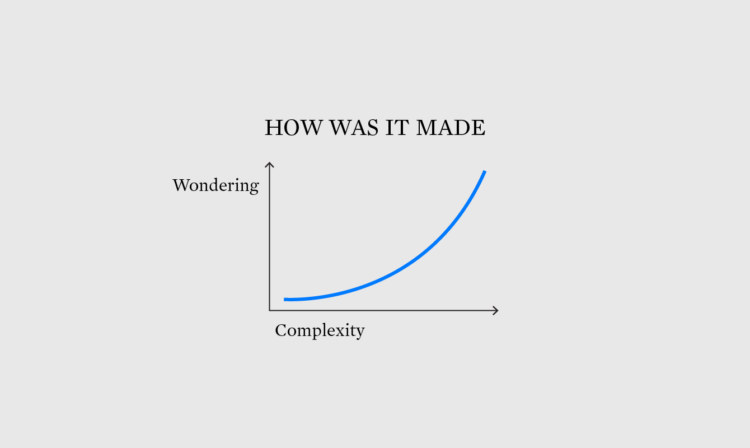
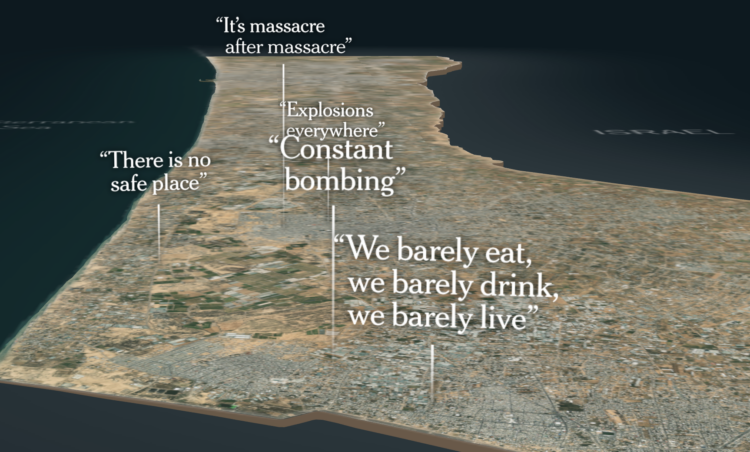
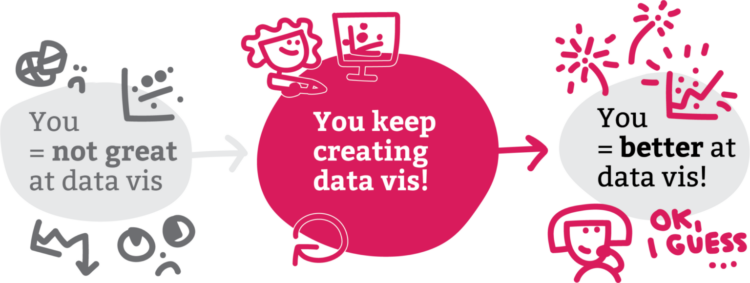

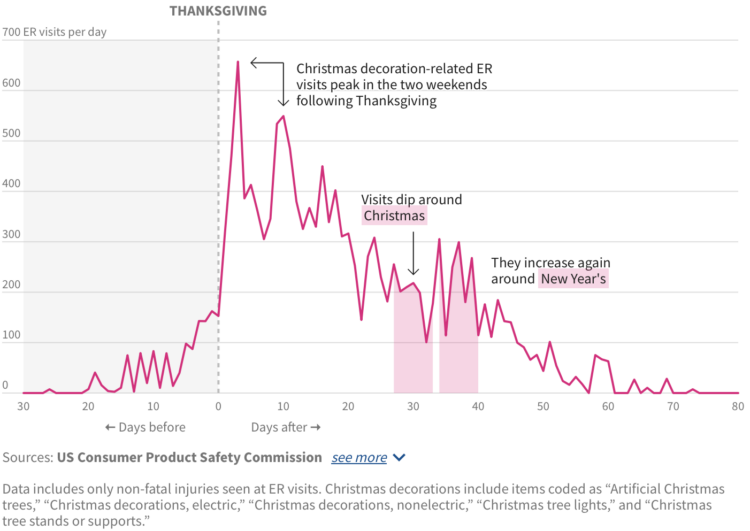
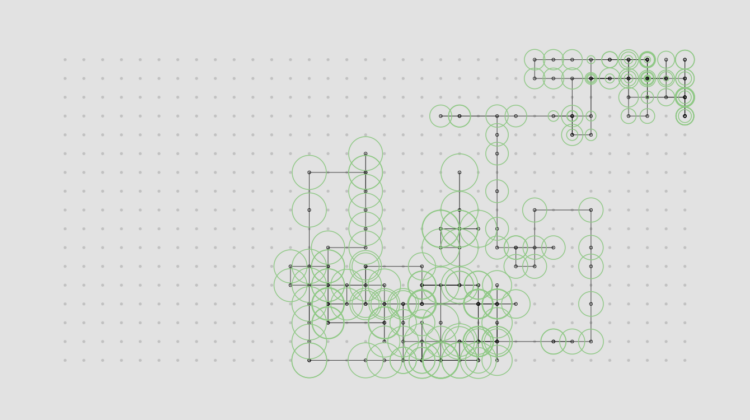
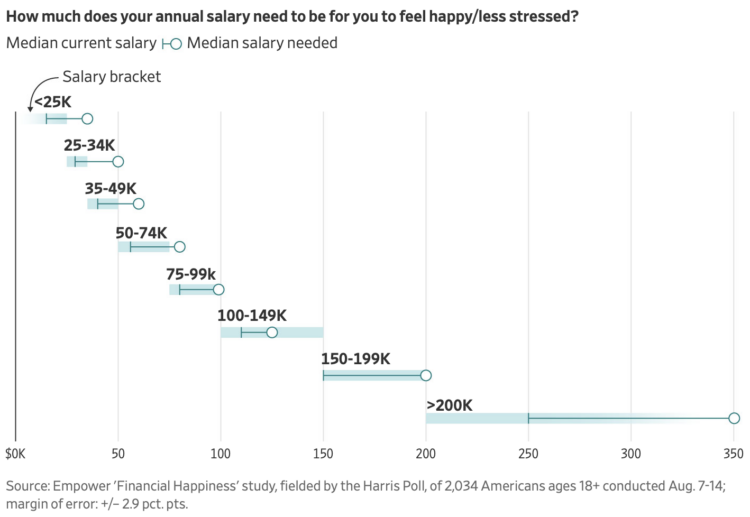

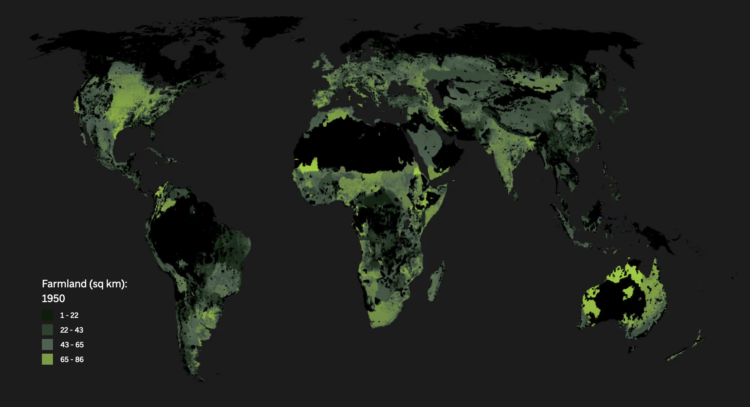
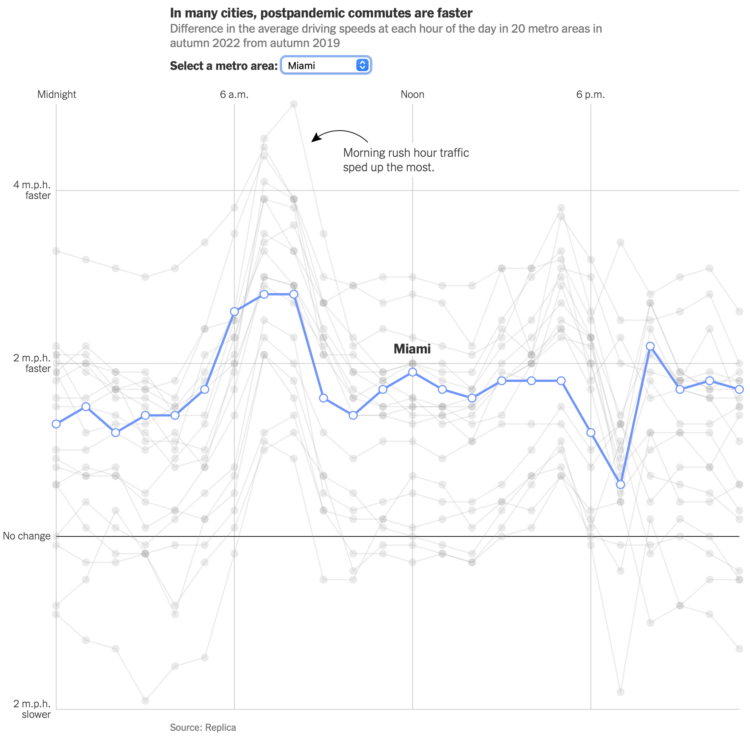
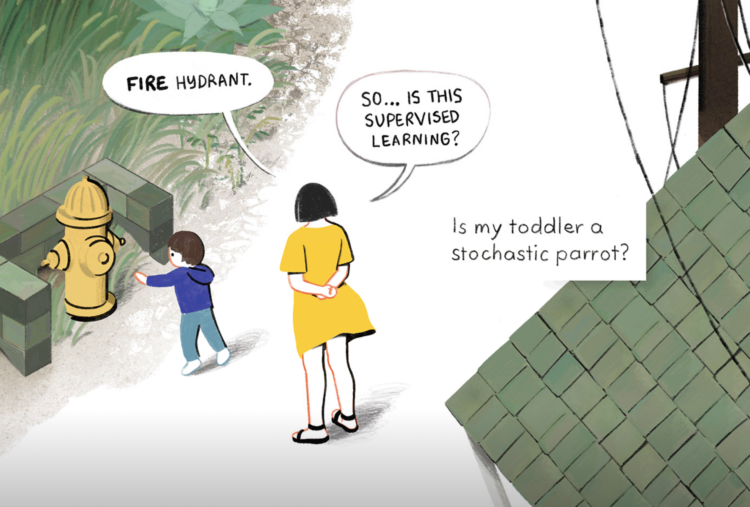
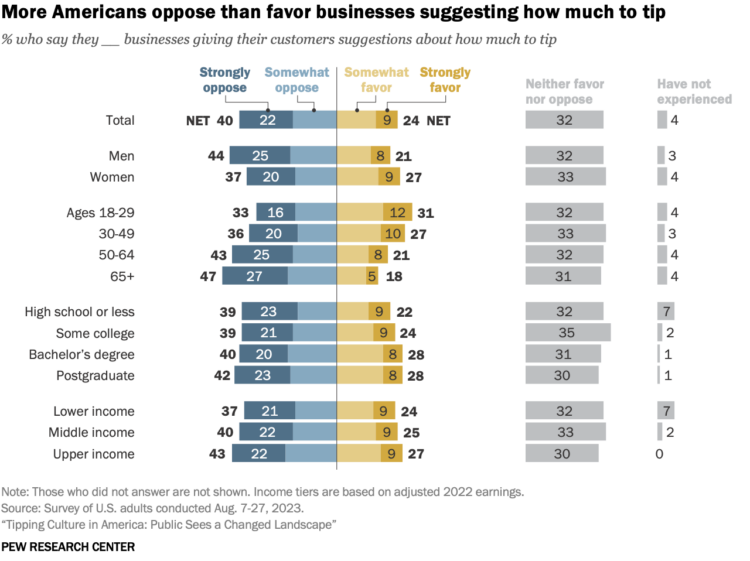
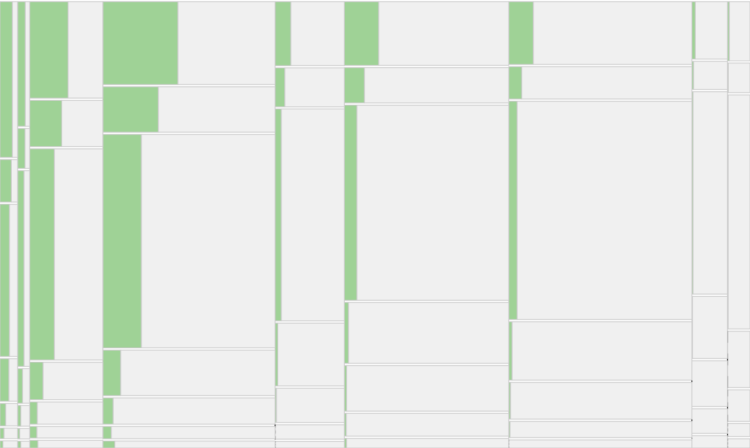
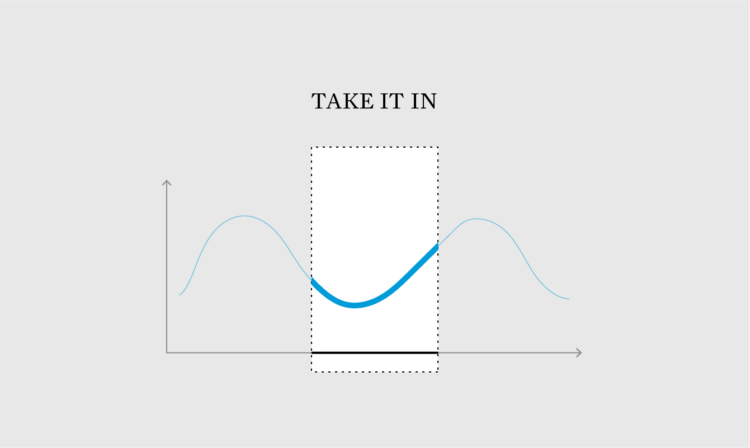
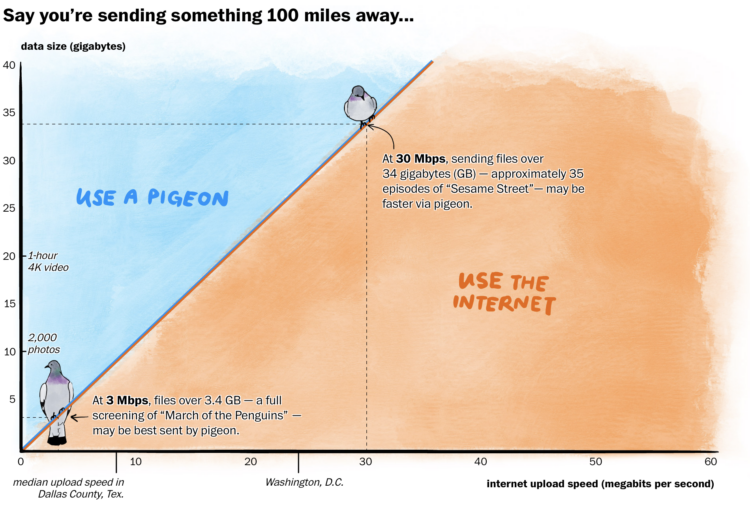
 Visualize This: The FlowingData Guide to Design, Visualization, and Statistics (2nd Edition)
Visualize This: The FlowingData Guide to Design, Visualization, and Statistics (2nd Edition)

